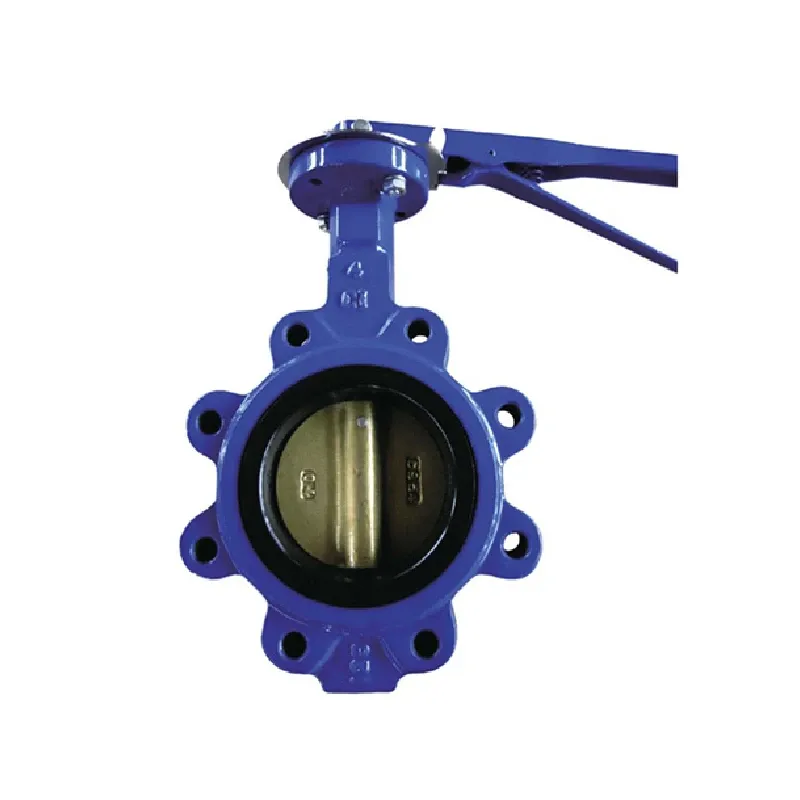Nov . 16, 2024 23:22 Back to list
2 inch foot valve
Understanding the 2-Inch Foot Valve A Key Component in Fluid Control Systems
In the realm of fluid mechanics and hydraulic systems, a foot valve plays an essential role, particularly in water pumping applications. Among the various types of foot valves, the 2-inch foot valve is one of the most commonly used due to its versatility and effectiveness in controlling fluid flow. This article will explore the construction, function, applications, and installation considerations regarding the 2-inch foot valve.
What is a Foot Valve?
A foot valve is a type of check valve that is installed at the bottom end of a suction line. Its primary purpose is to prevent the backflow of fluid, ensuring that the pump remains primed when not in operation. The foot valve operates using a simple mechanism when the pump is activated, the suction created by the pump lifts the valve’s disc or ball off its seat, allowing fluid to flow into the pump. When the pump is turned off, the valve closes, preventing any backflow.
The 2-Inch Foot Valve
The designation 2-inch refers to the diameter of the valve's inlet. A 2-inch foot valve is suitable for various applications, including irrigation systems, water wells, and dewatering processes. The size of the valve plays a crucial role in determining the flow rate and pressure capacity of the system. A 2-inch foot valve can accommodate a substantial volume of flow, making it ideal for medium-sized hydraulic applications.
Construction and Components
Foot valves are typically made from durable materials like brass, stainless steel, or PVC, depending on the specific requirements of the application. Key components of a 2-inch foot valve include
1. Body The main housing of the valve, which contains the fluid pathway. 2. Disk or Ball The mechanism that opens and closes the valve, preventing backflow. 3. Spring In some designs, a spring helps to close the valve when the pump is not operating. 4. Strainer Many 2-inch foot valves come with a strainer to prevent debris from entering the pump, protecting it from damage and ensuring efficient operation.
2 inch foot valve

Applications
The 2-inch foot valve is widely used in various fields, such as
- Irrigation Farmers and gardeners use 2-inch foot valves to maintain a consistent supply of water to crops while preventing backflow when the system is not in use. - Water Wells In residential and agricultural water supply systems, a foot valve ensures that the well pump remains primed, providing an uninterrupted flow of water. - Industrial Processes Many industries utilize foot valves in their fluid handling systems to maintain the efficiency and safety of their operations.
Installation Considerations
When installing a 2-inch foot valve, several factors must be taken into account
1. Location The foot valve should be submerged in water (if used in a well) to ensure proper function. It should be installed at a depth that avoids sediment accumulation. 2. Orientation Ensure that the valve is installed vertically to allow for optimal operation and prevent any misalignment that could lead to malfunction. 3. Maintenance Regular inspection and maintenance of the foot valve and its components are crucial for ensuring longevity and performance. Over time, debris can build up, affecting the valve's effectiveness.
Conclusion
In summary, the 2-inch foot valve is an indispensable component in various fluid control systems. Its ability to prevent backflow and maintain priming in pumps makes it essential for applications ranging from irrigation to industrial processes. By understanding its function and installation requirements, users can ensure the efficient operation of their hydraulic systems, ultimately contributing to improved performance and longevity. Whether you are a farmer, engineer, or DIY enthusiast, incorporating a 2-inch foot valve into your fluid handling system can lead to significant benefits.
Share